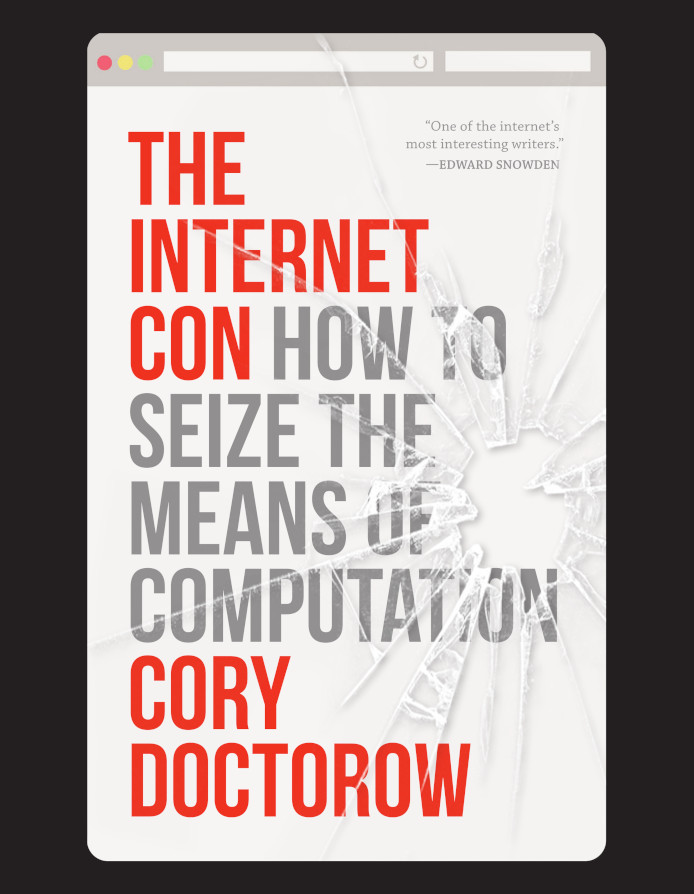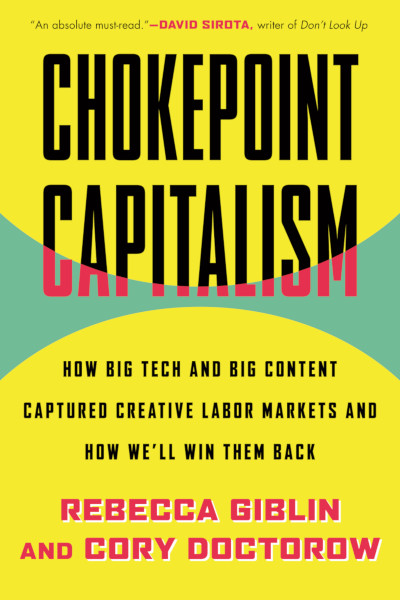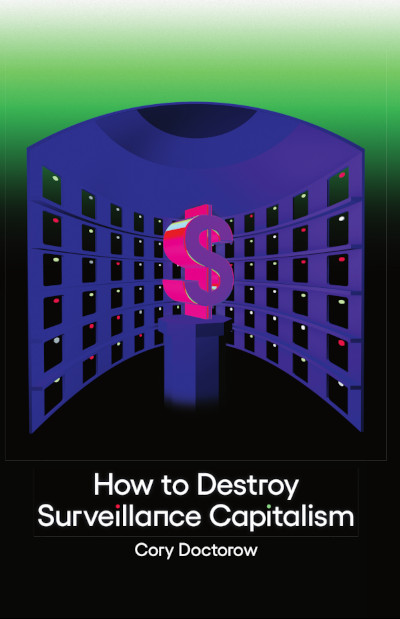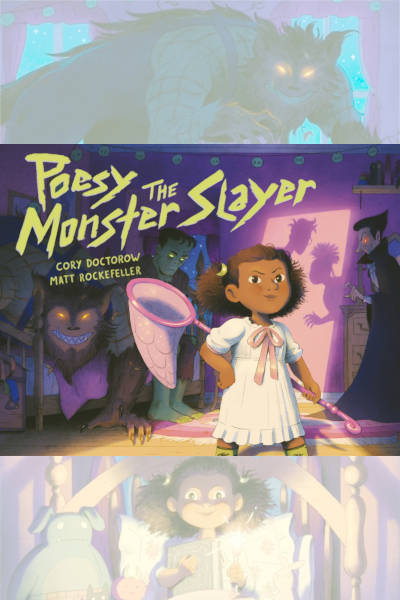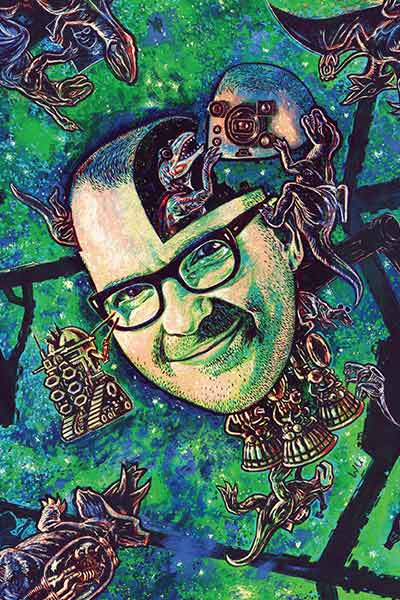
This week on my podcast, I read my latest Locus Magazine column. “What kind of bubble is AI?” In it, I ask what will be left behind after the AI bubble bursts:
You’ve got one week left to back the Kickstarter for my next novel, The Bezzle, the followup to Red Team Blues. I’m preselling hardcovers, ebooks, and an audiobook read by Wil Wheaton. Please consider backing it and helping support my work (including this podcast!).
But the most important residue after the bubble popped was the millions of young people who’d been lured into dropping out of university in order to take dotcom jobs where they got all-expenses paid crash courses in HTML, Perl, and Python. This army of technologists was unique in that they were drawn from all sorts of backgrounds – art-school dropouts, humanities dropouts, dropouts from earth science and bioscience programs and other disciplines that had historically been consumers of technology, not producers of it.This created a weird and often wonderful dynamic in the Bay Area, a brief respite between the go-go days of Bubble 1.0 and Bubble 2.0, a time when the cost of living plummeted in the Bay Area, as did the cost of office space, as did the cost of servers. People started making technology because it served a need, or because it delighted them, or both. Technologists briefly operated without the goad of VCs’ growth-at-all-costs spurs.
The bubble was terrible. VCs and scammers scooped up billions from pension funds and other institutional investors and wasted it on obviously doomed startups. But after all that “irrational exuberance” burned away, the ashes proved a fertile ground for new growth.
Contrast that bubble with, say, cryptocurrency/NFTs, or the complex financial derivatives that led up to the 2008 financial crisis. These crises left behind very little reusable residue. The expensively retrained physicists whom the finance sector taught to generate wildly defective risk-hedging algorithms were not able to apply that knowledge to create successor algorithms that were useful. The fraud of the cryptocurrency bubble was far more pervasive than the fraud in the dotcom bubble, so much so that without the fraud, there’s almost nothing left. A few programmers were trained in Rust, a very secure programming language that is broadly applicable elsewhere. But otherwise, the residue from crypto is a lot of bad digital art and worse Austrian economics.












